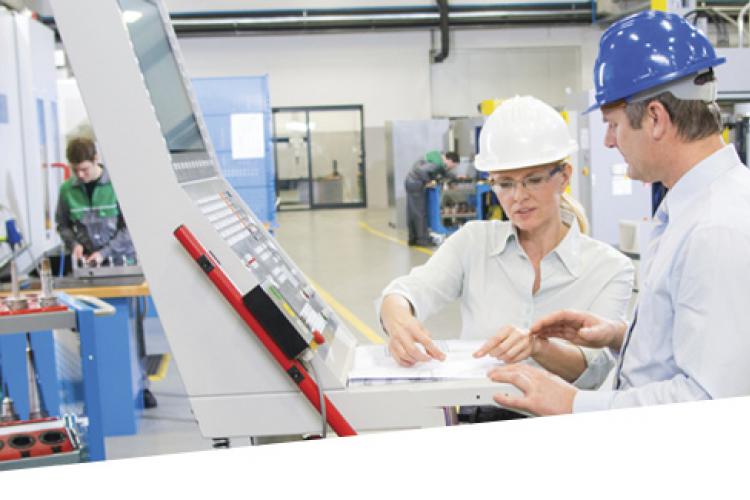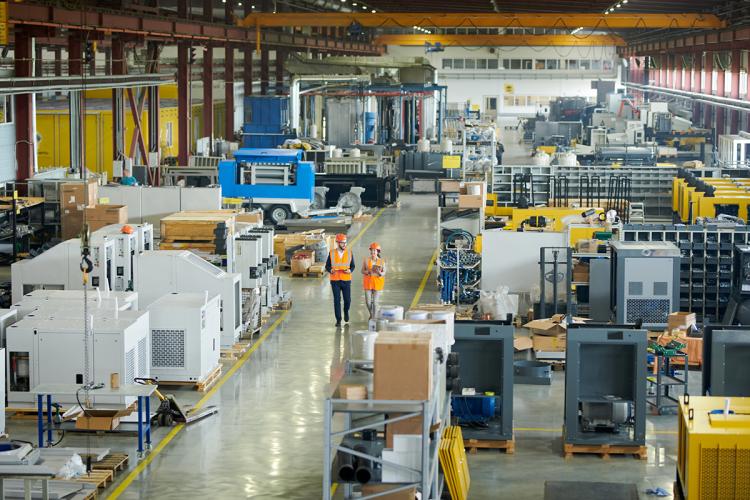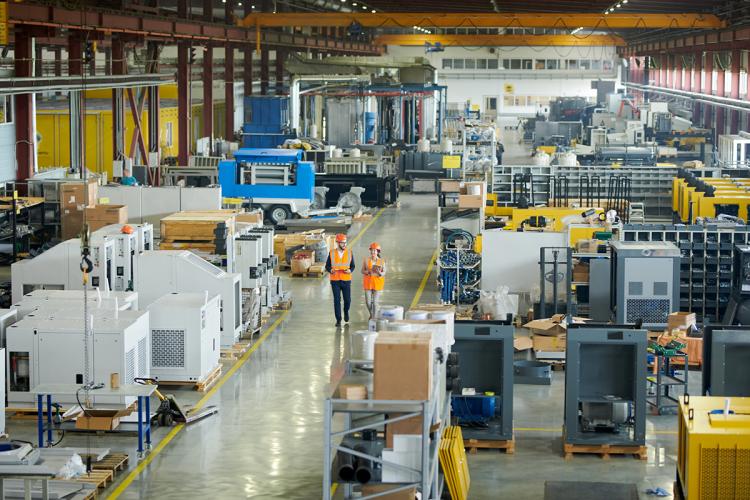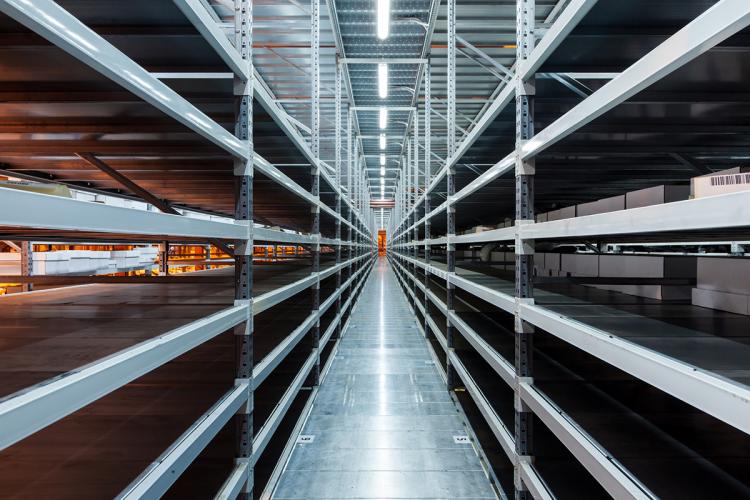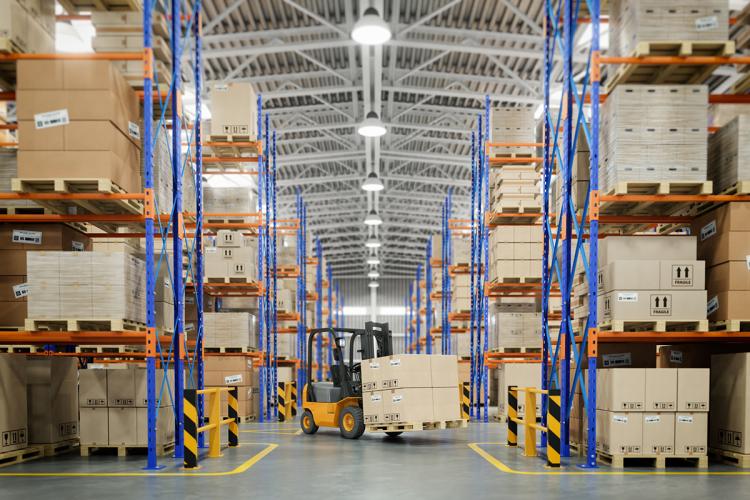Rethinking Business in the Industrial Internet Age
Rethinking Business in the Industrial Internet Age
As we progress through the Information Era, machines are just beginning to tell us what they’re like inside. We are able to endow hardware with intelligence and, by embedding sensors and controls, usher in a host of new means of achieving productivity.
Companies worldwide, including ours, are investing in what we call the Industrial Internet—the idea of taking big machines (some that we have known about for 100 years) and overlaying them with software that conveys data and performs analytics.
Why is this a big deal? We’ve all seen in the past decade or two the transformative power of 3 billion people coming online. We’ve all connected with people we haven’t seen in years, people we’ve never met face to face, people in the most remote parts of the world. Now imagine what happens when 50 billion machines come online in the next couple of years—five times the number of connected machines that exist today.
They’ll be talking to one another; they’ll be talking to us. We’ll be interacting with people and machines in ways we never thought possible. We’ll see devices shipping off this continuous stream of data originating from sensors—data that has seemingly limitless potential for analysis and subsequent action. The sensors are getting smaller, they’re getting cheaper and they’re getting more ubiquitous. You may find this very exciting, very scary or both. Regardless, you should care.
The best innovations focus on a need. The Industrial Internet has the potential to impact productivity in a way that could tremendously save significant time and resources. It will allow us to more comprehensively connect data to outcomes that matter.
Start to think like this about sensing, data and analytics. Our machines have this incredibly rich inner life. Let’s look at some examples:
Think of a wind turbine out in the middle of a wind farm, powering a machine that is able to react to changes in the wind and the weather. Now one wind turbine is able to talk to another and say, “Hey, I have better wind velocity here; change the pitch of your turbine blades to accommodate.” Cumulatively, the whole wind farm is able to ping the utility and say, “We are capturing a lot of energy from the wind today; you don’t need gas and you don’t need coal because the wind farm is running so optimally.” And all of this is achieved without adding any new hardware—just by putting the right software in place and allowing one part of the machine to talk to another. You are able to optimize the output sometimes as much as 30 percent without any new capital expenditure!
Locomotives are able to run much more efficiently on railroad tracks than they do today. If you are not in the rail business, you may find this hard to believe, but the average locomotive only moves about 21 miles per hour. It’s not because they can’t move faster; it’s because there’s so much congestion. People don’t know where a lot of the locomotives are sometimes because of backlog. However, when you start to embed sensors and controls—a basic tenet of the Industrial Internet—this problem goes away since assets are connected.
It’s not just about the “thing.” It’s about the thing connected to another thing, so eventually entire ecosystems—whether air traffic control, hospitals, railroads or otherwise—all start to function much more efficiently to create better outcomes. When large numbers of interconnected nodes in a network all work together, the resulting intelligent environment can deliver an unprecedented amount of power.
We are standing on this threshold today.


